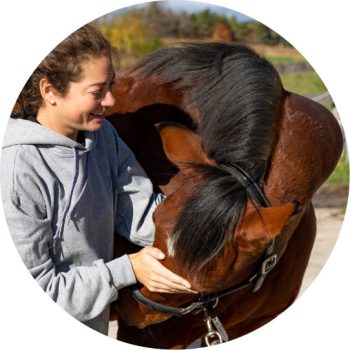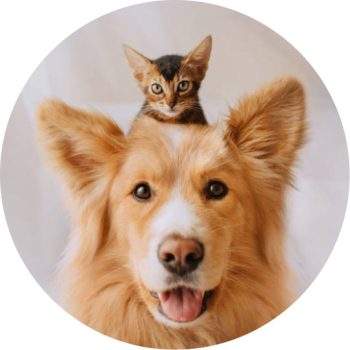
Osteopathy for Horses
Osteopathy for horses is a subject area that is becoming increasingly recognised in equine veterinary science. It is based on the principle that sees the horse’s body as an integrated system where the animal’s health and wellbeing depend on the balance and mobility of its anatomical structures, especially the muscles, joints and bones.

Equine osteopathy
Equine osteopathy therefore offers a holistic approach to veterinary medicine. It aims to identify and treat imbalances and restrictions of movement which may cause performance problems, behavioural changes from sudden fatigue, aggression or horse health in general.
Qualified equine osteopaths essentially use gentle and precise manual techniques to understand and rectify these impairments. Therefore, osteopathy plays a potentially important role in improving mobility and relieving pain. There are multiple cases where osteopathy has proved to be useful solution. For example, it can be used to treat musculoskeletal problems such as limping, stiffness, muscle tensions and postural imbalances.
What does a equine osteopathy session look like?
In osteopathy, every animal of every breed and every symptom are different. Moreover, all animals react differently to ailments. Just like in humans, every case encountered is different. However, an osteopathy session for horses generally proceeds as follows:
Initial evaluation: I start by discussing the animal’s current ailments, behaviour and medical history with the horse owner. This helps me understand the context and specific concerns.
Observation: I watch the horse move, stop and sometimes in action, such as walking or trotting, to detect any signs of stiffness, limping or imbalance.
Examination: Gently using my hands, I will pat down the horse’s different body parts, including the muscles, joints and bones to look for any areas of tension, pain or imbalance.
Treatment: Based on my observations and examinations, I will apply some gentle and precise techniques to re-establish balance and mobility in the horse’sbody. This may involve applying pressure, stretches and twists as well as other manual techniques.
Follow-up: After treatment, the osteopath will recommend specific exercises or changes to training routine to help maintain the horse’s health and balance.
We will stay in regular contact to track your animal’s progress. Naturally, I will be happy to answer any questions you may have.

Prices

dog
90.40 CAD

cat
90.40 CAD

horse
146.90 CAD
- Prices vary depending on the species of animals and their location (HST are included).
- Travel costs to be expected.
- Possibility of making preferential rates for professionals with several animals to follow.
- For animal protection associations or shelters, prices are halved.
When to call?
Equine osteopathy is not only reserved for athletes, it also concerns foals, retirees, and even companion horses. It contributes to well-being, the maintenance of good health and optimizes sports performance.
For an ideal follow-up, 2 to 4 sessions per year will be essential in order to better prevent osteopathic dysfunctions and compensations.

For what reason?
In prevention: to remove the dysfunctions before the animal compensates
Purchase visit
Follow-up of an aging horse (osteoarthritis, difficulty moving or getting up)
Follow-up of a growing foal (lack of balance, foot problem, stoppage of growth or too fast)
Follow-up of breeding mares (before/during/after gestation)
Follow-up of breeding stallions
Pre and post-operative follow-up
Shock or traumatic event
Lameness, stiffness, irregularity, body aches
Sudden sensitivity (grooming, strapping, etc.)
Behaviour change
Digestive problems (yawning horse, diarrhea)
Follow-up during pathologies :
Respiratory (emphysema, etc.)
Dermatological (dermatitis, etc.)
Locomotor (headshaking, shivering, myopathy, etc.)
Orthopedic (tendinitis, back pain, laminitis, etc.)
Nervous (ataxia, wobbler..)
Difficulties at work :
Curvature
To gather
Gait development
Change of feet, disuniting, landing jumps always on the same foot
Commitment, propulsion
Leg reaction
Tail Scavenge
Shortness of breath abnormally quickly
Stumble
Recurrent jumping faults (back/front)
Kick after jumps or for any request

